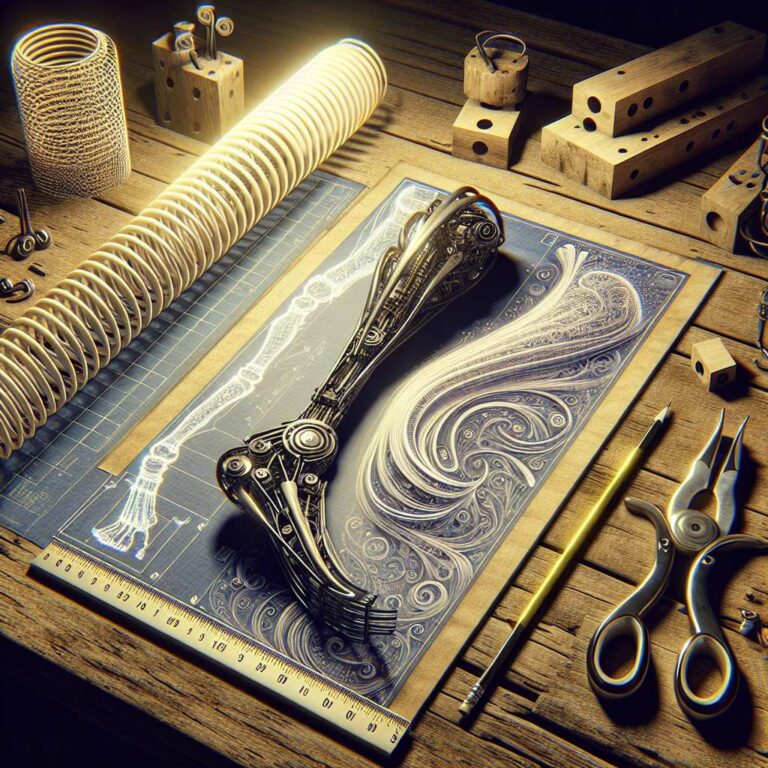MIT´s Computer Science and Artificial Intelligence Laboratory (CSAIL) has unveiled a pioneering approach that leverages generative Artificial Intelligence models, specifically diffusion models, to optimize the physical structure and mechanics of jumping robots. By integrating a user´s 3D robot design with generative Artificial Intelligence, engineers can select which parts they want the system to modify, after which the model brainstorms and simulates thousands of potential variations. This results in the fabrication of robots whose capabilities can surpass those designed by humans alone, such as with a recent prototype that achieved jumps 41 percent higher than its conventional peer.
The team started by sampling 500 design alternatives using an initial embedding vector that represents crucial mechanical features. After evaluating these in physics-based simulation, they iteratively refined their criteria, focusing on jumping performance and stability. The Artificial Intelligence-driven shape modifications often departed from intuitive human solutions; for example, while humans might thin out joints to reduce weight, the model proposed a curved ´drumstick´-like form that efficiently stored and released energy without compromising structural integrity. These insights, verified by physical fabrication and testing, led to a robot that not only jumped higher but also landed with far greater consistency, with an 84 percent reduction in failed landings compared to human designs.
The research demonstrates broader implications for robotics and design, suggesting that manufacturers could similarly accelerate and enhance complex component optimization with generative Artificial Intelligence. The system balanced competing objectives such as maximizing jump height and landing stability by training on multidimensional data, ultimately finding optimal solutions along these tradeoffs. The MIT team envisions extending this methodology to other functional goals, guided by natural language or higher-level user intent. Backed by the National Science Foundation and other partners, their work sets the stage for highly adaptive, Artificial Intelligence-augmented physical systems—and points to a future where generative models not only inspire but direct mechanical invention.

